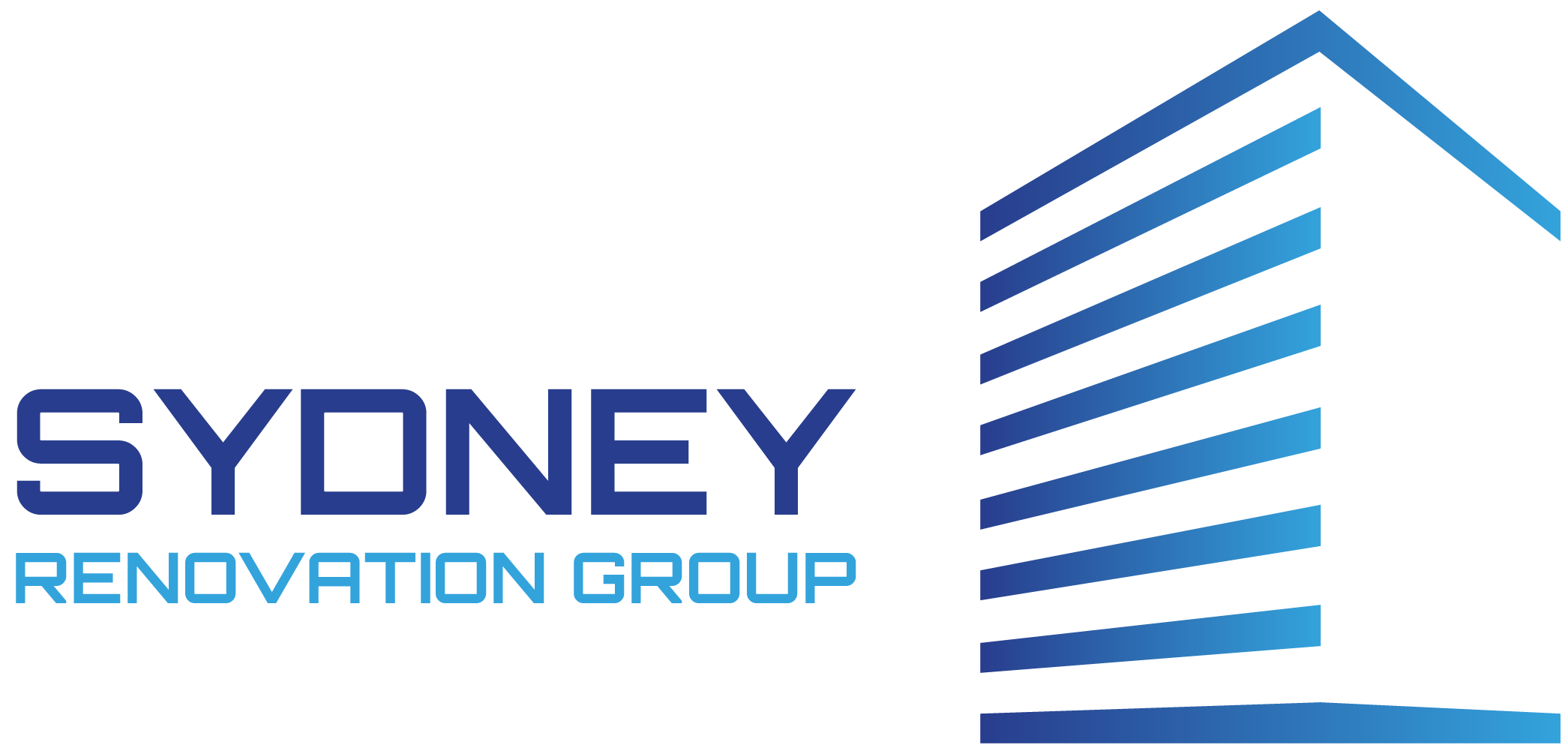Thinking about extending your home? A well-planned home extension can add significant value, space, and functionality to your property. However, before you begin knocking down walls or pouring concrete, there are several important factors to consider. This guide walks you through what you need to know before starting a home extension project.
1. Define Your Goals
Start by clearly identifying why you want to extend your home. Are you looking for more living space, an extra bedroom, a home office, or a larger kitchen? Having a clear objective will help guide design decisions and budgeting.
2. Set a Realistic Budget
Home extensions can be costly, so it’s crucial to determine how much you’re willing to spend. Factor in construction costs, design fees, planning application charges, materials, and contingency for unexpected issues.
Include Hidden Costs
- Architect or designer fees
- Structural engineer consultations
- Planning permits or council fees
- Utilities relocation (plumbing, electrical, etc.)
- Interior finishes and furnishings
3. Check Planning Permissions
Depending on where you live and the scale of your extension, you may need planning permission. Failing to get the correct permits can result in fines or being forced to remove the extension.
Research Local Regulations
Contact your local council or planning authority to find out:
- What kind of extensions are allowed
- Property boundary limitations
- Height restrictions and building codes
4. Hire the Right Professionals
Unless you’re a qualified builder or designer, hiring experienced professionals is essential. This includes architects, contractors, structural engineers, and possibly a project manager.
Questions to Ask
- Are they licensed and insured?
- Can they provide a portfolio and references?
- Do they understand your vision and budget?
5. Consider the Impact on Your Daily Life
Construction work can be disruptive. Consider how long the project will take and whether you’ll need to move out temporarily or adjust your living arrangements.
Minimize Disruption
- Plan construction during a time of year with favorable weather
- Establish clear timelines with your contractor
- Designate areas that are off-limits to builders
6. Think About the Long-Term
Your extension should not only solve today’s problems but also add long-term value and functionality to your home. Consider future-proofing with energy-efficient features or flexible layouts that can adapt to changing needs.
Long-Term Features to Consider
- Energy-efficient insulation and windows
- Smart home integration
- Storage solutions and multipurpose spaces
7. Match the Existing Style
To maintain your home’s value and curb appeal, your extension should blend seamlessly with the existing architecture. This includes matching rooflines, exterior materials, and window styles.
Hire a Design-Savvy Professional
An architect or experienced designer can help create a cohesive look while incorporating modern features that enhance the overall aesthetics of your home.
8. Maximize Natural Light
Natural light can dramatically improve the feel and functionality of a space. Consider skylights, large windows, or glass doors to make your extension feel bright and airy.
Popular Lighting Options
- Floor-to-ceiling sliding glass doors
- Roof lanterns and skylights
- Open-plan layouts with light-reflective surfaces
Conclusion
A home extension is a significant investment that can improve your lifestyle and increase your property’s value when done right. By carefully planning your goals, budget, permissions, and design choices, you can ensure your extension is both beautiful and functional. Take the time to research and consult professionals to make informed decisions every step of the way.





